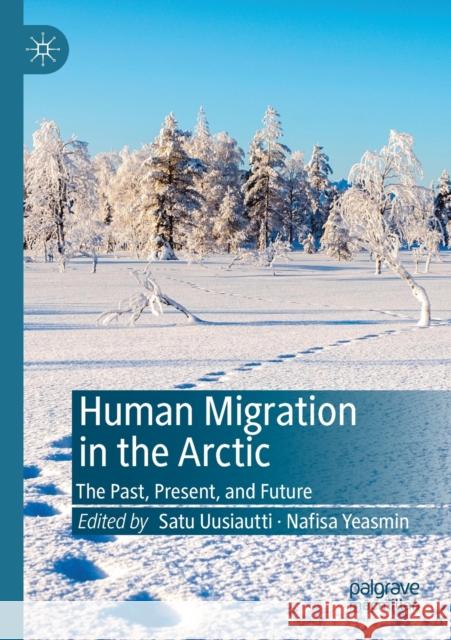Human Migration in the Arctic: The Past, Present, and Future » książka
topmenu
Human Migration in the Arctic: The Past, Present, and Future
ISBN-13: 9789811365638 / Angielski / Miękka / 2020 / 261 str.
Human Migration in the Arctic: The Past, Present, and Future
ISBN-13: 9789811365638 / Angielski / Miękka / 2020 / 261 str.
cena 342,95
(netto: 326,62 VAT: 5%)
Najniższa cena z 30 dni: 327,68
(netto: 326,62 VAT: 5%)
Najniższa cena z 30 dni: 327,68
Termin realizacji zamówienia:
ok. 22 dni roboczych
Bez gwarancji dostawy przed świętami
ok. 22 dni roboczych
Bez gwarancji dostawy przed świętami
Darmowa dostawa!
Kategorie BISAC:
Wydawca:
Palgrave MacMillan
Język:
Angielski
ISBN-13:
9789811365638
Rok wydania:
2020
Wydanie:
2019
Ilość stron:
261
Waga:
0.36 kg
Wymiary:
21.01 x 14.81 x 1.57
Oprawa:
Miękka
Wolumenów:
01
Dodatkowe informacje:
Wydanie ilustrowane











